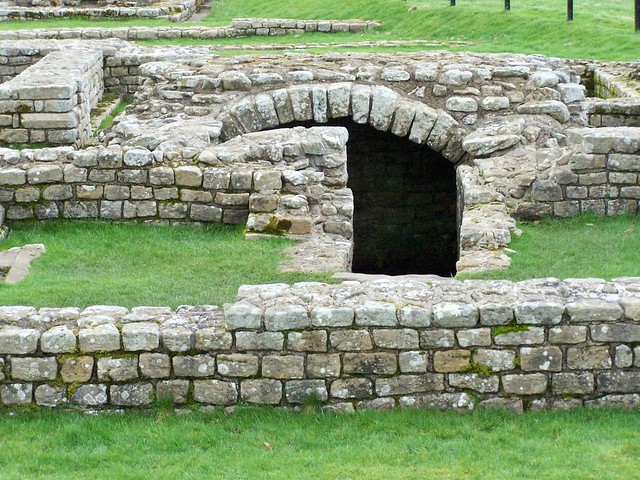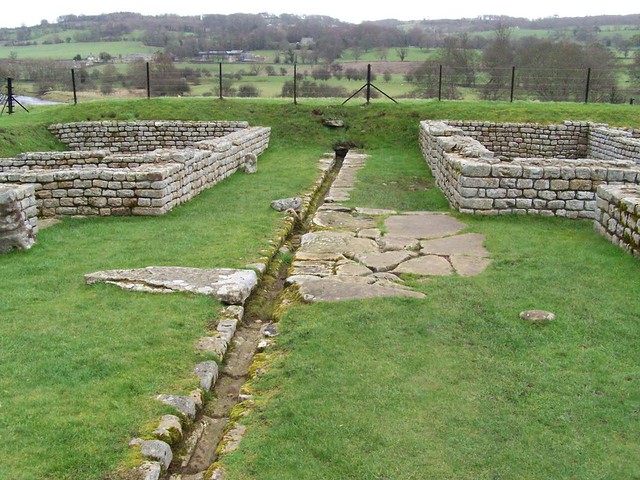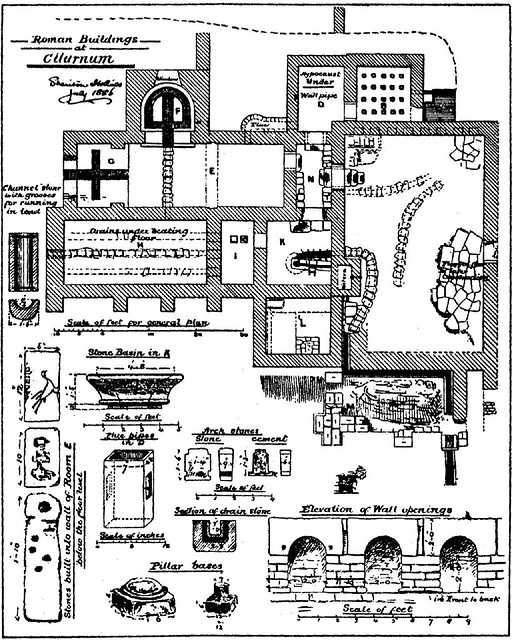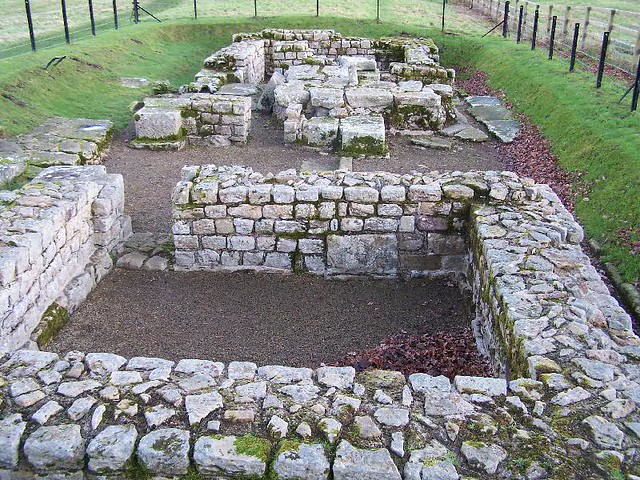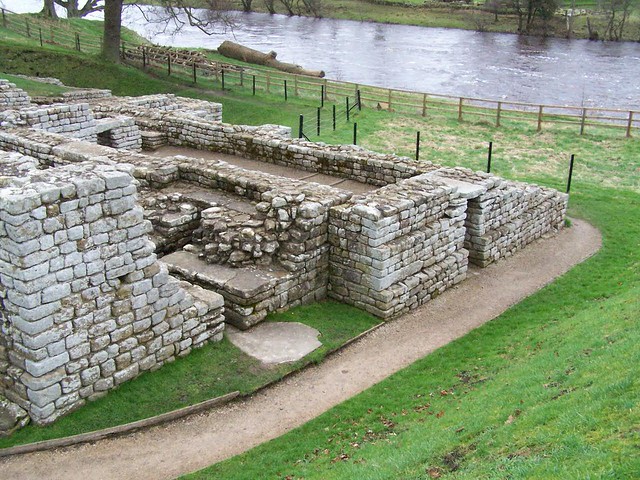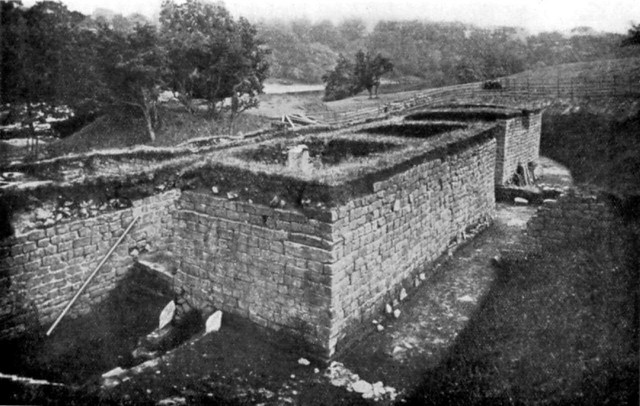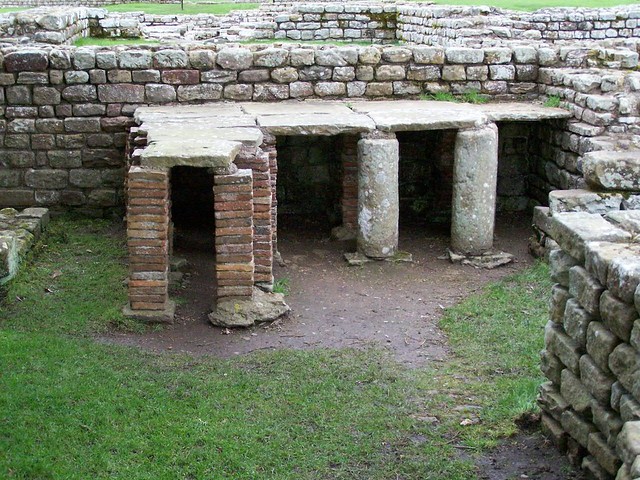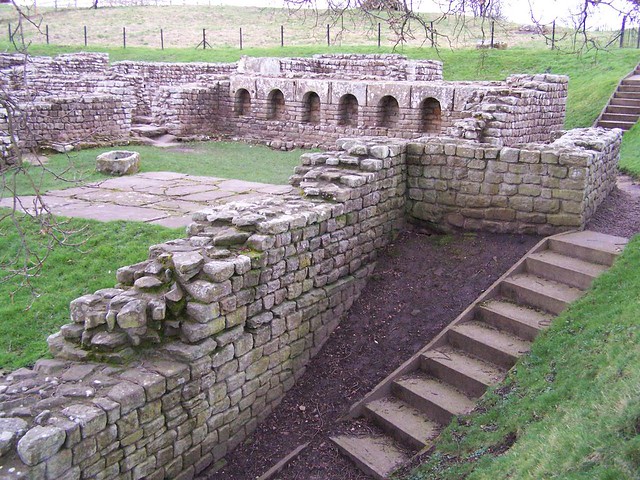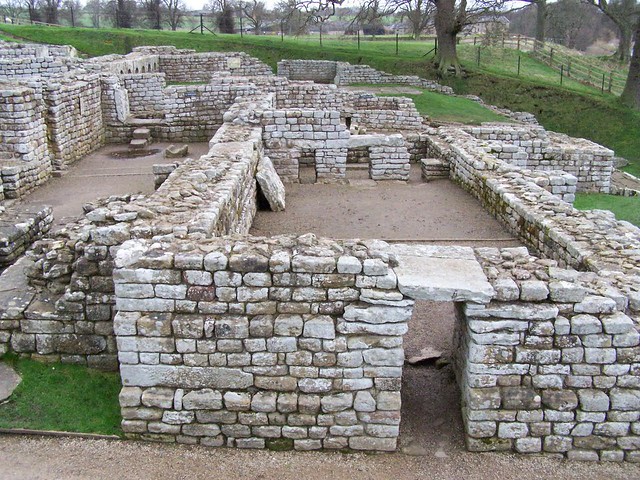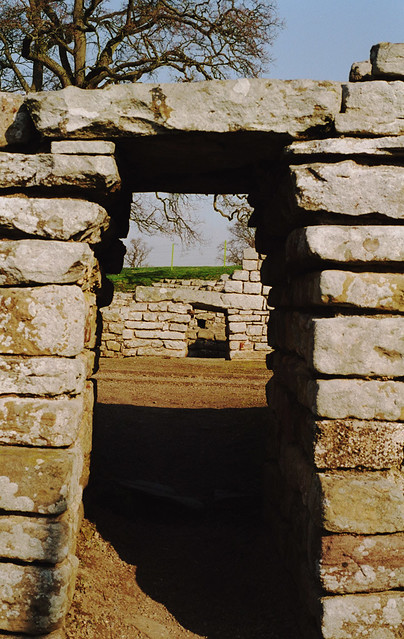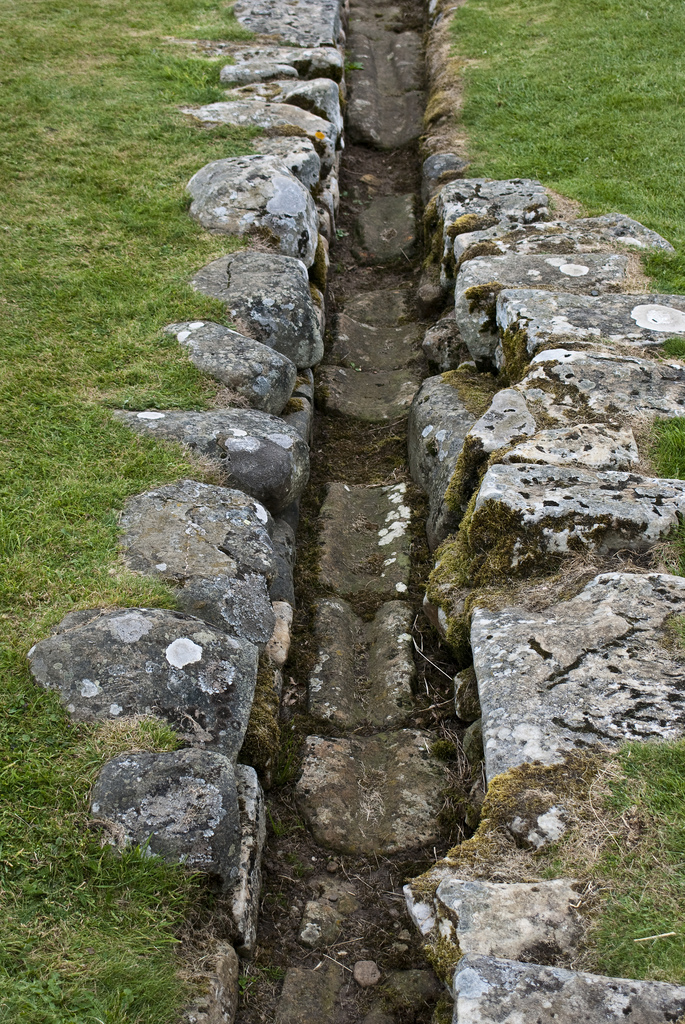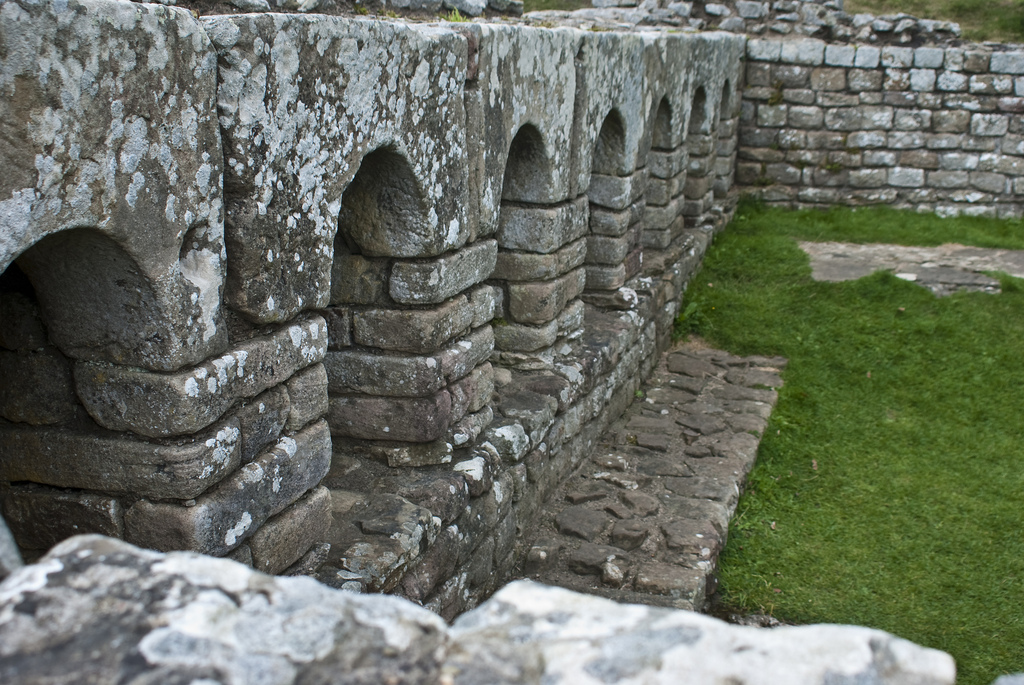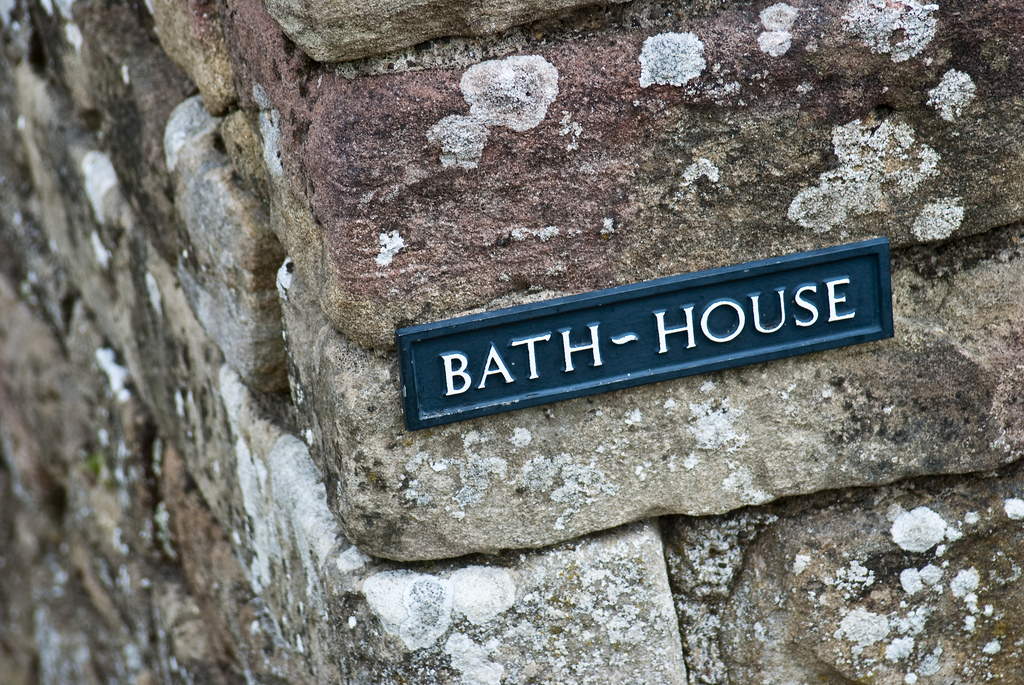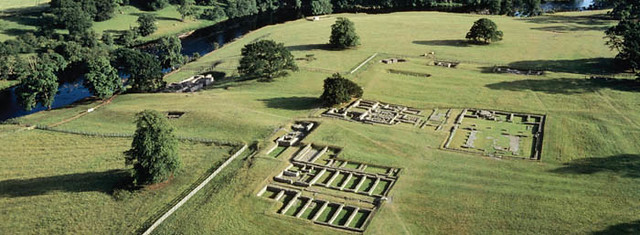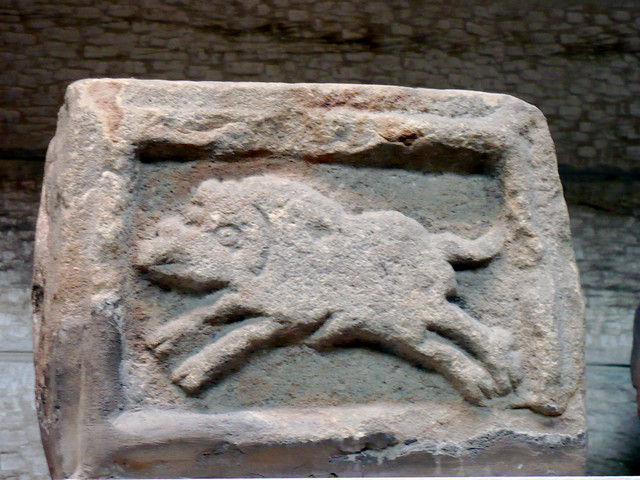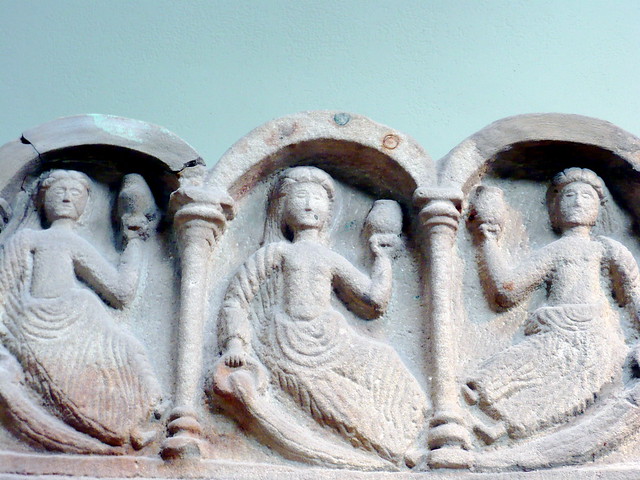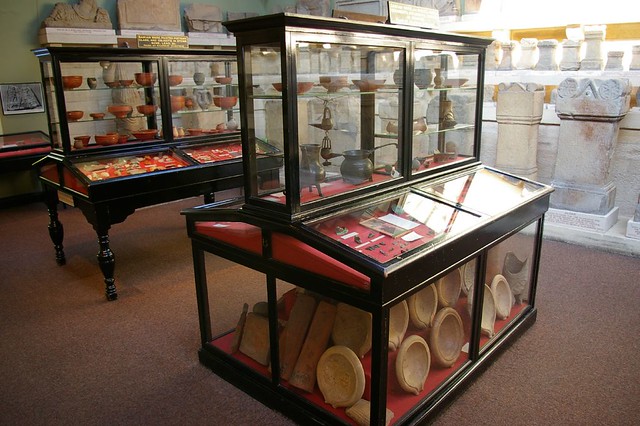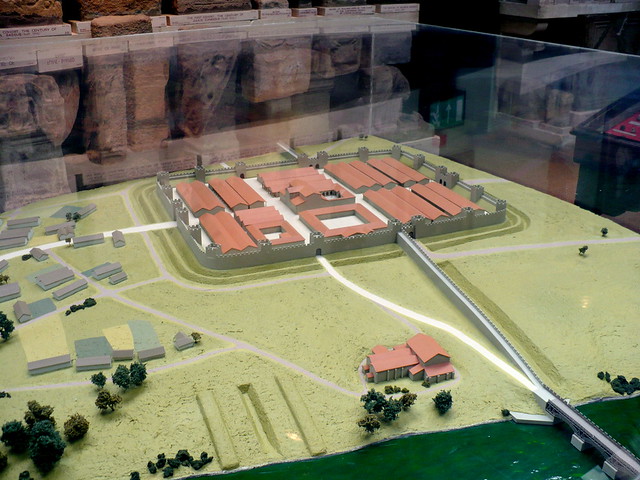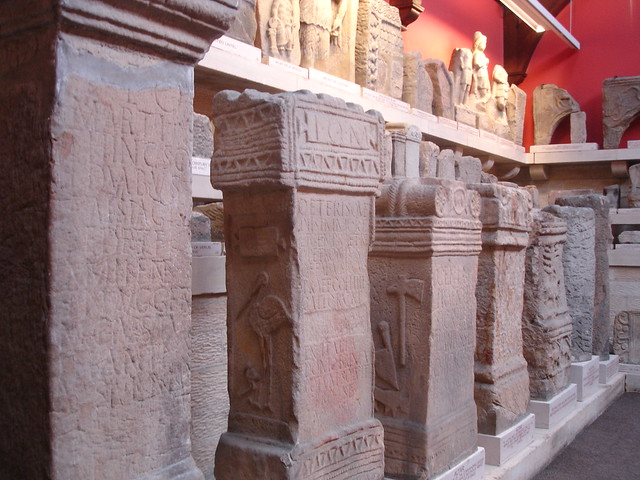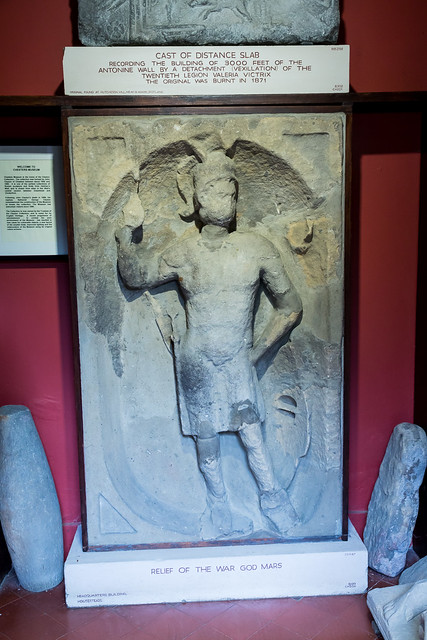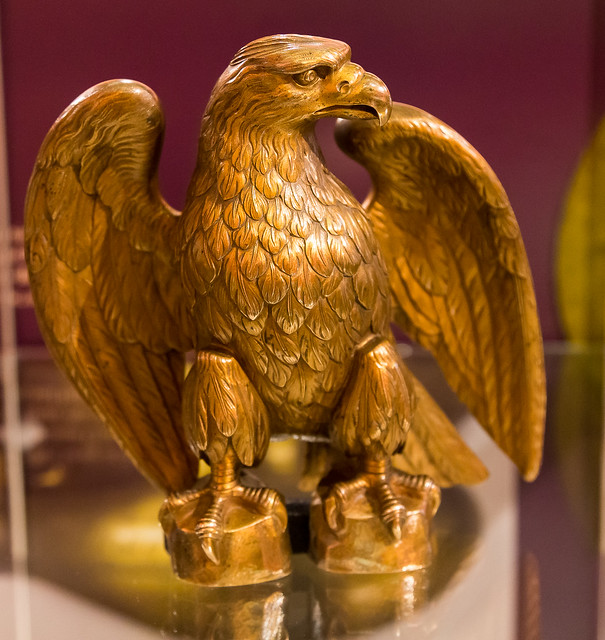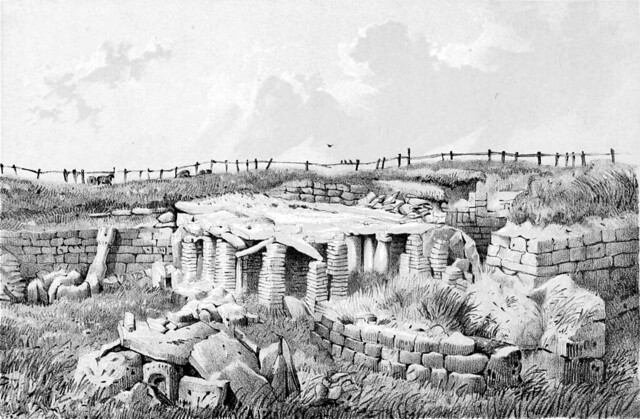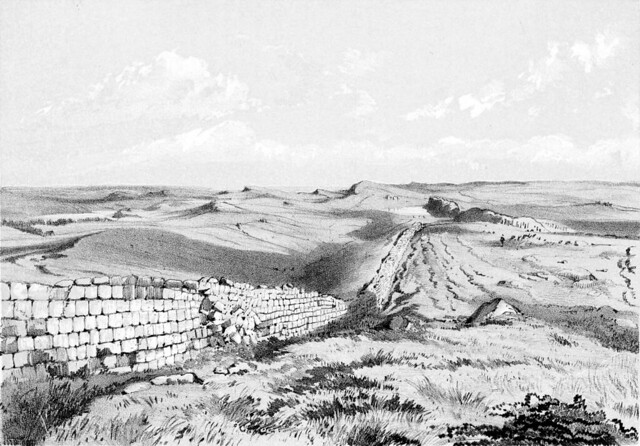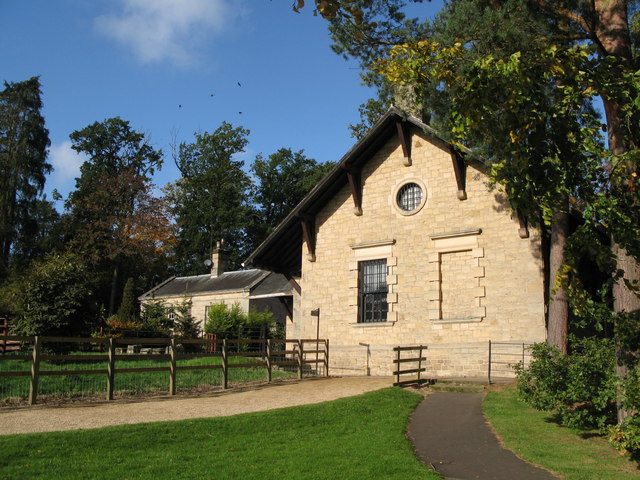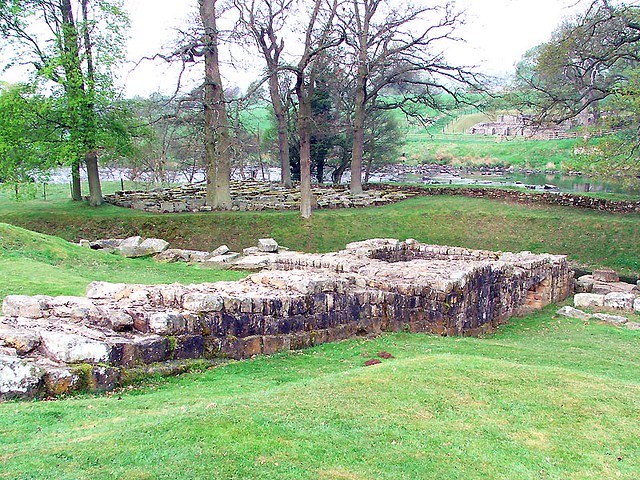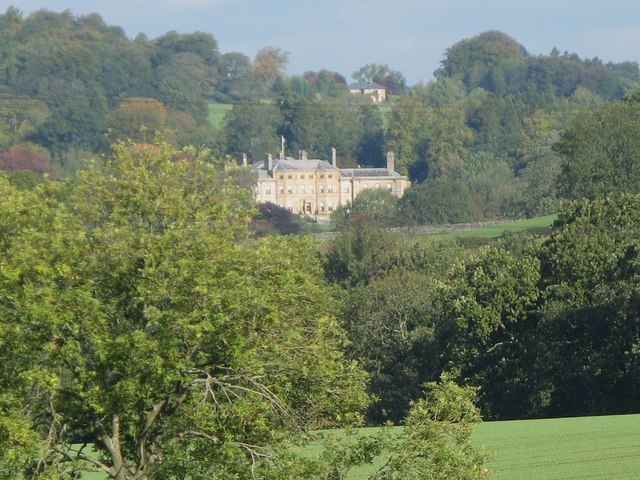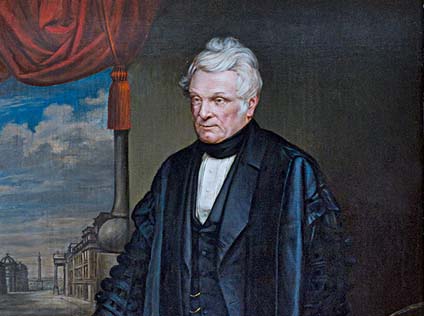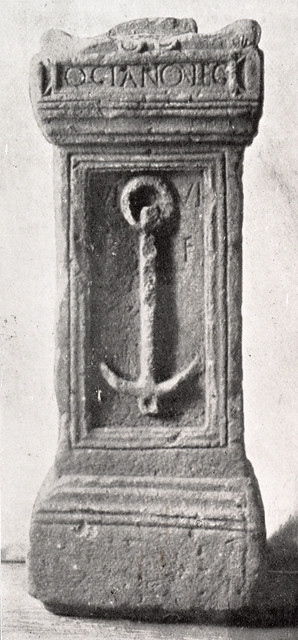Topics > Heritage Sites > Chesters Roman Fort
Chesters Roman Fort
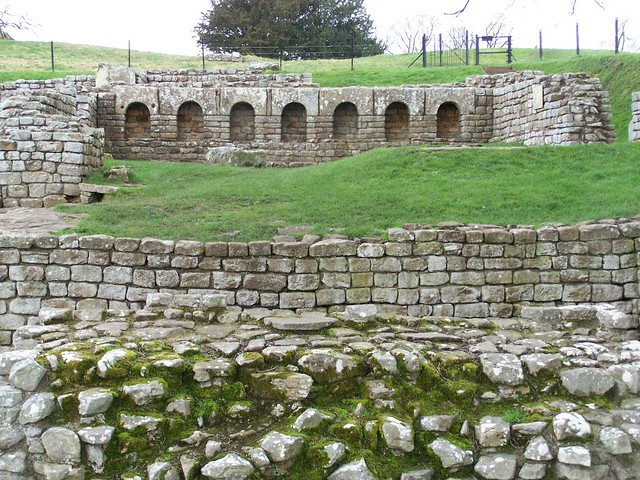 Chesters Roman Fort and Museum, managed by English Heritage, is located near Walwick and Chollerford in Northumberland. The Roman cavalry fort (Cilurnum) was built in 123AD to guard Chesters Bridge. The bridge carried the Military Way Roman road, which ran behind Hadrian's Wall, across the River North Tyne. The museum opened in 1903 and includes many of the Roman artifacts collected by John Clayton, who inherited the Chesters estate in 1843 and played a major role in preserving Hadrian's Wall.
Chesters Roman Fort and Museum, managed by English Heritage, is located near Walwick and Chollerford in Northumberland. The Roman cavalry fort (Cilurnum) was built in 123AD to guard Chesters Bridge. The bridge carried the Military Way Roman road, which ran behind Hadrian's Wall, across the River North Tyne. The museum opened in 1903 and includes many of the Roman artifacts collected by John Clayton, who inherited the Chesters estate in 1843 and played a major role in preserving Hadrian's Wall.Cilurnum or Cilurvum was a fort on Hadrian's Wall mentioned in the Notitia Dignitatum. It is now identified with the fort found at Chesters (also known as Walwick Chesters to distinguish it from other sites named Chesters in the vicinity) near the village of Walwick, Northumberland, England. It was built in 123 AD, just after the wall's completion.
Cilurnum is considered to be the best preserved Roman cavalry fort along Hadrian's Wall. The site is now preserved by English Heritage as Chester's Roman Fort. There is a museum on the site, housing finds from the fort and elsewhere along the wall.
Construction
The site guarded a bridge, Chesters Bridge, carrying the Military Way Roman road behind the wall across the River North Tyne. Massive abutments survive of this bridge across the river from the fort. Cilurnum was a cavalry fort at its foundation, for retaliatory raids into barbarian areas north of the wall, then given over to infantry later. Hadrian himself encouraged the "Cult of Disciplina" amongst legions stationed at the wall, and an early inscription on an altar dedicated to Disciplina, found in 1978, indicates the earliest known military presence was a wing of cavalry, ala Augusta ob virtutem appellata ("named Augusta because of its valour"). Inscriptions have also been found showing the First Cohort of Dalmatians, from present-day Bosnia-Herzegovina(Yugoslavia), and the First Cohort of Vangiones from Upper Rhineland in Germany were also stationed here.
Four large Roman columns, believed to come from Cilurnum, may be seen supporting the south aisle in the church of St Giles at Chollerton, a couple of miles upstream from the fort.
Excavation
In the early 19th century Nathaniel Clayton, owner of Chesters House and Estate, moved hundreds of tons of earth to cover over the last remains of the fort as part of his parkland landscaping, thereby creating a smooth uninterrupted grassland slope down to the River Tyne; However, he collected, before they disappeared, a number of Roman artefacts which he preserved in the family.
His son John Clayton, a noted antiquarian, when he inherited the estate in 1832, with a crew of workmen, un-did his father's landscaping, exposing the fort, excavating the ruins, and establishing a small museum for the finds. John Clayton also purchased and made excavations at Housesteads Fort, Carrawburgh Mithraic Temple, and Carvoran, and other historic sites.
Museum
The museum was commissioned in 1895 and opened in 1903. It is a grade II* listed building and was designed by Richard Norman Shaw. It displays part of John Clayton's collection of Roman finds.

from http://www.english-heritage.o…
Chesters Roman Fort and Museum
- "Part of Hadrian’s Wall, Chesters is also the best-preserved Roman cavalry fort in Britain. You can easily see what life would have been like here at the Empire’s northern outpost …
Added by
Simon Cotterill
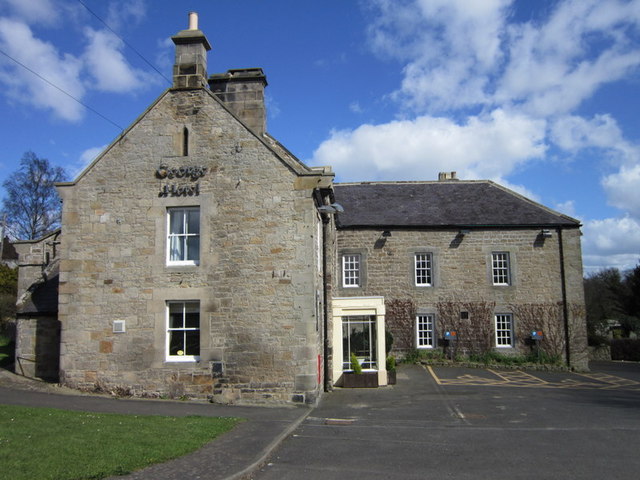
Co-Curate Page
Chollerford
- Overview About Chollerford Map Chollerford is a village in Northumberland, located by the River North Tyne about 4 miles north of Hexham. Chesters Roman Fort is nearby. Chollerford is a …
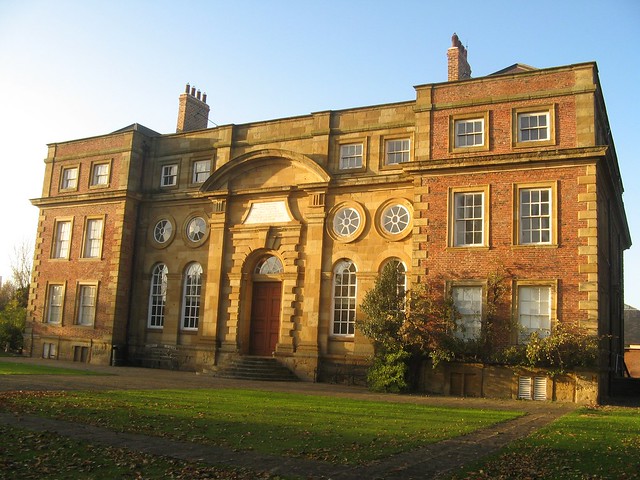
Co-Curate Page
Museums, Archives, Galleries and Collections
- Name Location County/Met Notes Abbot Hall Art Gallery Kendal Cumbria Arbeia Roman Fort South Shields South Tyneside Art Block Seahm County Durham Armitt Library Ambleside Cumbria …
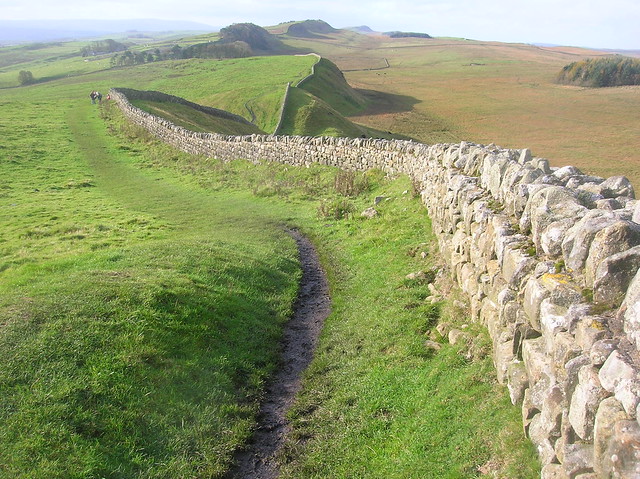
Co-Curate Page
Hadrian's Wall
- Overview About Hadrian's Wall Hadrian's Wall stretches over 73 miles (117 km) coast to coast across Northern England. Construction began in AD 122 during the rule of emperor Hadrian. The …

from https://historicengland.org.u…
The Roman fort, vicus, bridge abutments and associated remains of Hadrian's Wall at Chesters in wall mile 27 - List Entry
- "The monument includes the section of Hadrian's Wall and associated features from the bridge abutment on the east bank of the River North Tyne in the east to the woodland …
Added by
Simon Cotterill

from Youtube (youtube)
Postcard from Chesters Roman Fort and Museum, Hadrian's Wall | England Drone Footage
Pinned by Simon Cotterill

from Youtube (youtube)
Postcard from Hadrian's Wall, North East | England Drone Footage
Pinned by Simon Cotterill

from Flickr (flickr)
Relief of three water Nymphs from the shrine at Carrawburgh, Clayton Museum, Chesters Roman Fort, Hadrian's Wall
Pinned by Simon Cotterill

from Flickr (flickr)
Inscription dedicated to Emperor Antoninus Pius by the Sixth Legion, who carried out building work at Chesters, AD 139, RIB 1459, Clayton Museum, Chesters Roman Fort, Hadrian's Wall
Pinned by Simon Cotterill

from Flickr (flickr)
Relief and Statues of the God Mithras and his companions, Chesters Roman Fort Museum
Pinned by Simon Cotterill

from Flickr (flickr)
Building Stone of the Twentieth Legion Valeria Victrix, found near Vindolanda, RIB 170, Clayton Museum, Chesters Roman Fort, Hadrian's Wall
Pinned by Simon Cotterill

from Flickr (flickr)
Arch depicting the war god Mars flanked by two male attendants, it may have framed a cult statue of Mars Thincsus, from the shrine of Mars Thincsus at Housesteads, Clayton Museum, Chesters Roman Fort, Hadrian's Wall
Pinned by Simon Cotterill

from Flickr (flickr)
Statue of Juno Regina standing on a heifer, 3rd Century AD, found at Chesters Roman Fort in 1801, Clayton Museum, Chesters Roman Fort, Hadrian's Wall
Pinned by Simon Cotterill

from Flickr (flickr)
Altar to the Goddess Fortuna Conservatrix, Chesters Roman Fort Museum
Pinned by Simon Cotterill

from Flickr (flickr)
Relief of Genius from Lanchester Fort and Victory from Housesteads, Chesters Roman Fort Museum
Pinned by Simon Cotterill

from Flickr (flickr)
Side Panel from an Altar from Vindolanda, Chesters Roman Fort Museum
Pinned by Simon Cotterill

from Flickr (flickr)
Building Stone of the First Cohort of Dalmatians, Chesters Roman Fort Museum
Pinned by Simon Cotterill

from Flickr (flickr)
19th century portrait of Hadrian, Clayton Museum, Chesters Roman Fort, Hadrian's Wall
Pinned by Simon Cotterill


from http://www.english-heritage.o…
Chesters Roman Fort and Museum
- "Part of Hadrian’s Wall, Chesters is also the best-preserved Roman cavalry fort in Britain. You can easily see what life would have been like here at the Empire’s northern outpost …
Added by
Simon Cotterill

Co-Curate Page
Chollerford
- Overview About Chollerford Map Chollerford is a village in Northumberland, located by the River North Tyne about 4 miles north of Hexham. Chesters Roman Fort is nearby. Chollerford is a …

Co-Curate Page
Museums, Archives, Galleries and Collections
- Name Location County/Met Notes Abbot Hall Art Gallery Kendal Cumbria Arbeia Roman Fort South Shields South Tyneside Art Block Seahm County Durham Armitt Library Ambleside Cumbria …

Co-Curate Page
Hadrian's Wall
- Overview About Hadrian's Wall Hadrian's Wall stretches over 73 miles (117 km) coast to coast across Northern England. Construction began in AD 122 during the rule of emperor Hadrian. The …

from https://historicengland.org.u…
The Roman fort, vicus, bridge abutments and associated remains of Hadrian's Wall at Chesters in wall mile 27 - List Entry
- "The monument includes the section of Hadrian's Wall and associated features from the bridge abutment on the east bank of the River North Tyne in the east to the woodland …
Added by
Simon Cotterill

from Youtube (youtube)
Postcard from Chesters Roman Fort and Museum, Hadrian's Wall | England Drone Footage
Pinned by Simon Cotterill

from Youtube (youtube)
Postcard from Hadrian's Wall, North East | England Drone Footage
Pinned by Simon Cotterill

from Flickr (flickr)
Relief of three water Nymphs from the shrine at Carrawburgh, Clayton Museum, Chesters Roman Fort, Hadrian's Wall
Pinned by Simon Cotterill

from Flickr (flickr)
Inscription dedicated to Emperor Antoninus Pius by the Sixth Legion, who carried out building work at Chesters, AD 139, RIB 1459, Clayton Museum, Chesters Roman Fort, Hadrian's Wall
Pinned by Simon Cotterill

from Flickr (flickr)
Relief and Statues of the God Mithras and his companions, Chesters Roman Fort Museum
Pinned by Simon Cotterill

from Flickr (flickr)
Building Stone of the Twentieth Legion Valeria Victrix, found near Vindolanda, RIB 170, Clayton Museum, Chesters Roman Fort, Hadrian's Wall
Pinned by Simon Cotterill

from Flickr (flickr)
Arch depicting the war god Mars flanked by two male attendants, it may have framed a cult statue of Mars Thincsus, from the shrine of Mars Thincsus at Housesteads, Clayton Museum, Chesters Roman Fort, Hadrian's Wall
Pinned by Simon Cotterill

from Flickr (flickr)
Statue of Juno Regina standing on a heifer, 3rd Century AD, found at Chesters Roman Fort in 1801, Clayton Museum, Chesters Roman Fort, Hadrian's Wall
Pinned by Simon Cotterill

from Flickr (flickr)
Altar to the Goddess Fortuna Conservatrix, Chesters Roman Fort Museum
Pinned by Simon Cotterill

from Flickr (flickr)
Relief of Genius from Lanchester Fort and Victory from Housesteads, Chesters Roman Fort Museum
Pinned by Simon Cotterill

from Flickr (flickr)
Side Panel from an Altar from Vindolanda, Chesters Roman Fort Museum
Pinned by Simon Cotterill

from Flickr (flickr)
Building Stone of the First Cohort of Dalmatians, Chesters Roman Fort Museum
Pinned by Simon Cotterill

from Flickr (flickr)
19th century portrait of Hadrian, Clayton Museum, Chesters Roman Fort, Hadrian's Wall
Pinned by Simon Cotterill
